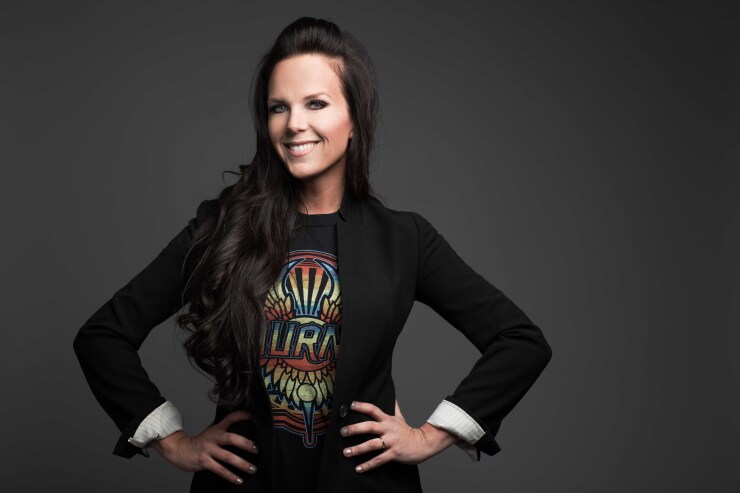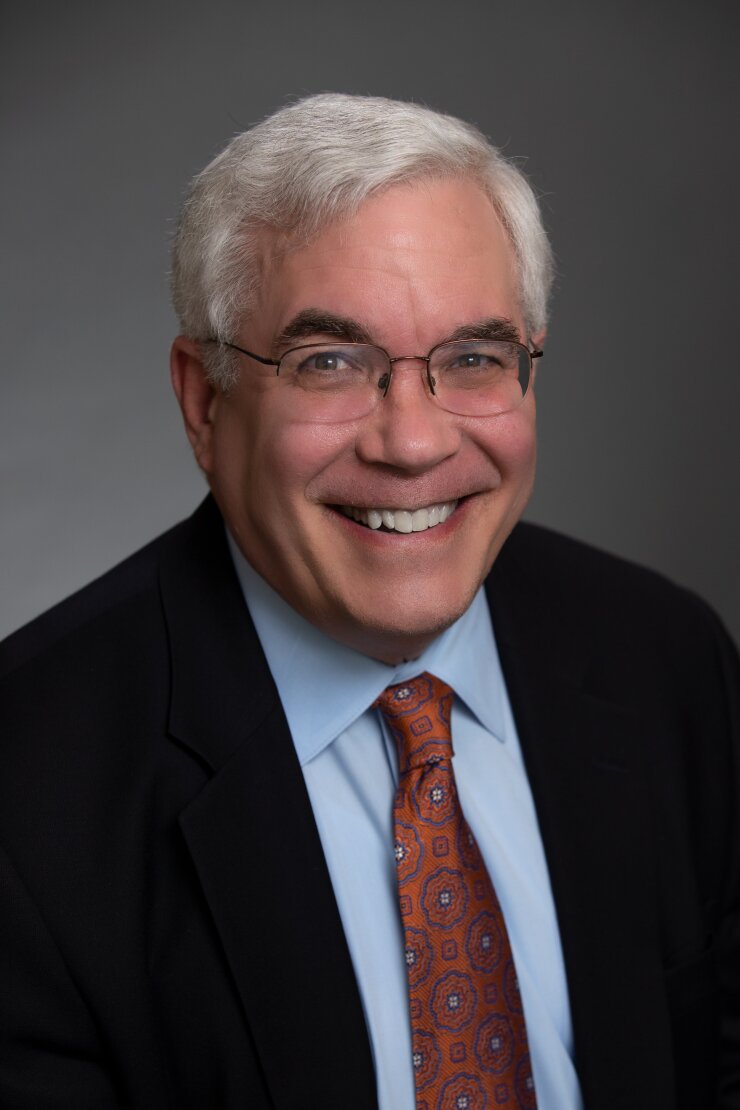This story is part of an ongoing series. Additional coverage can be found
Part of the problem with credit unions’
One issue that’s often overlooked, analysts said, occurs with credit unions with SEG-based roots. While many of those organizations over time expand their charters to serve a broader membership base or even an entire geographic area, too often their boards don’t similarly expand and 10 years later still consist entirely of employees or retirees from the original sponsor.

“This remains a common challenge,” said Michael Daigneault, CEO of Quantum Governance, adding that not only are not only are single-SEG CUs subject to these risks, but so are credit unions that have merged or acquired other credit unions.
“This again is a lag-time phenomenon,” he said. “There is a decision made to change to a community credit union, but it may take the board years to reflect the change.”
Daigneault offered several methods credit unions can employ to diversify legacy boards. He said they can temporarily expand the size of the board to add new voices, conduct outreach to new and different segments of the community, and ask people to be part of community events or committees.
“Reach out to employers or other organizations in the community, such as a CPA firm, and seek recommendations for young, aspiring professionals to become part of the board,” he suggested. “Consider any tactics to improve the credit union’s relationship with the community through ambassadorial outreach.”
But the problems go well beyond just legacy board members – patriarchy is also at play.

Brandi Stankovic, SVP of strategic advisory services at CU Solutions Group, said boards must also provide more mentoring or sponsorship opportunities, particularly for institutions that hope to boost female participation among volunteer leadership.
“And, of course, the biases need to go,” she said. “In the case of gender inequality for example, women are held to higher expectations than men and are known to undervalue their own contributions in contrast to men. Yet, if they come off as too assertive, competitive or capable, that can saddle them with a negative reputation. It is a dysfunctional cycle that credit unions are well-positioned to break.”
Women and minority leaders will continue to need mentors, by which Stankovic said she means people who have been around the block and can provide keen insights into the organization.
“These mentors will be grounded in their own experiences, and will be trusted advisors who have got the back of those they are helping,” she said. “Mentors open doors. They can bridge relationships or connect them with the right people. Male mentors, in particularly, can make inroads toward more inclusivity in the workplace. It is a wise move for both female and minority board members to align themselves with a mentor for encouragement and advice as they professionally develop.”
Still, she said, it’s not all bad news.
“There is a higher percentage of women leaders on small credit union boards; although that’s not the case on large-asset credit union boards,” added Stankovic. “I believe some of this upturn we have witnessed is due to women advocating on behalf of other women by voicing their opinions and tapping into their authenticity. I think we will see those numbers inch along even more so over the next few years.”
Make it a priority

None of this, analysts cautioned, will happen by itself. Making sure a CU’s board is diverse and representative is a “matter of prioritization,” Daigneault insisted.
“Look at a credit union’s strategic plan – these usually are focused on high-level economic plans, but few talk about governance, even fewer talk about increasing diversity at the staff, leadership and board levels,” he said. “Ambassadors don’t just sit in their offices and wait for people to come to them, they go out in the community. Boards are focusing too much on the fiduciary oversight part of the job and not enough on the community outreach aspects.”
And progressive-minded cooperatives – including credit unions – have a chance to increase the culture of inclusivity across the country.
“Change starts with our leaders shifting their mindset, making our credit union boards more aware of the issues,” she said. “Once they understand that inclusivity brings value and is morally the right thing to do, I have confidence boards will step up and do the right thing.”





